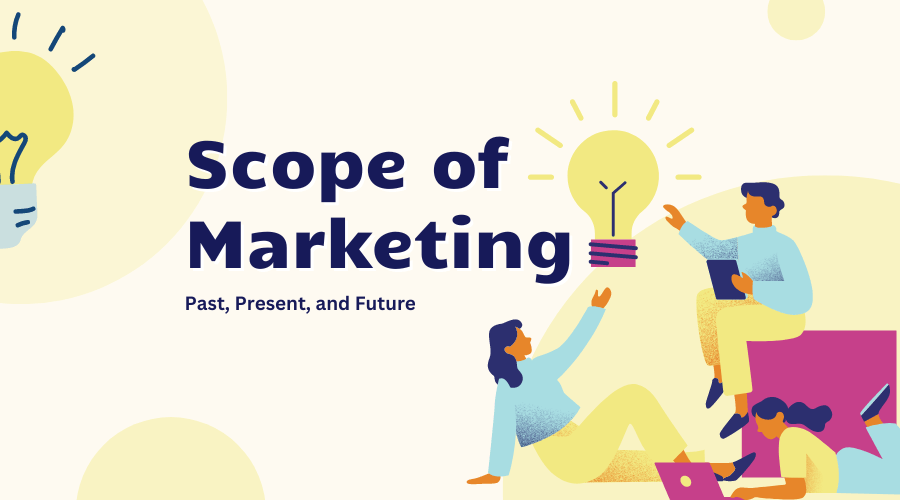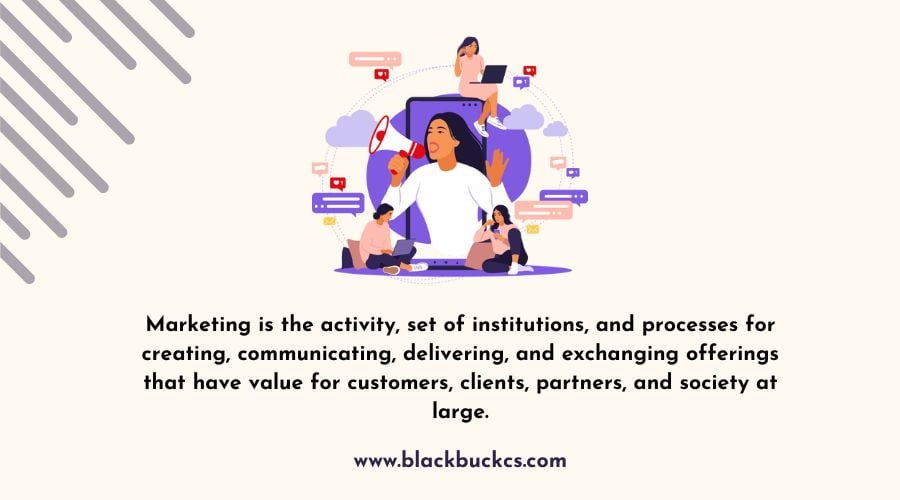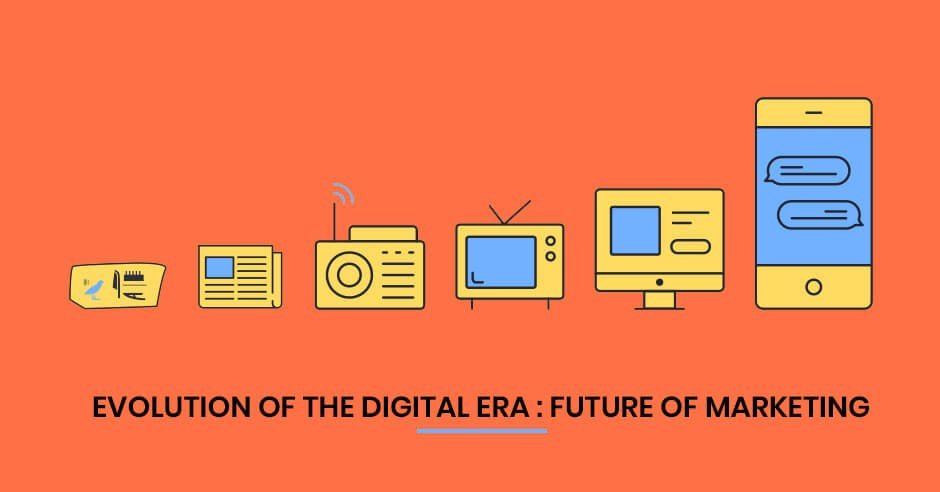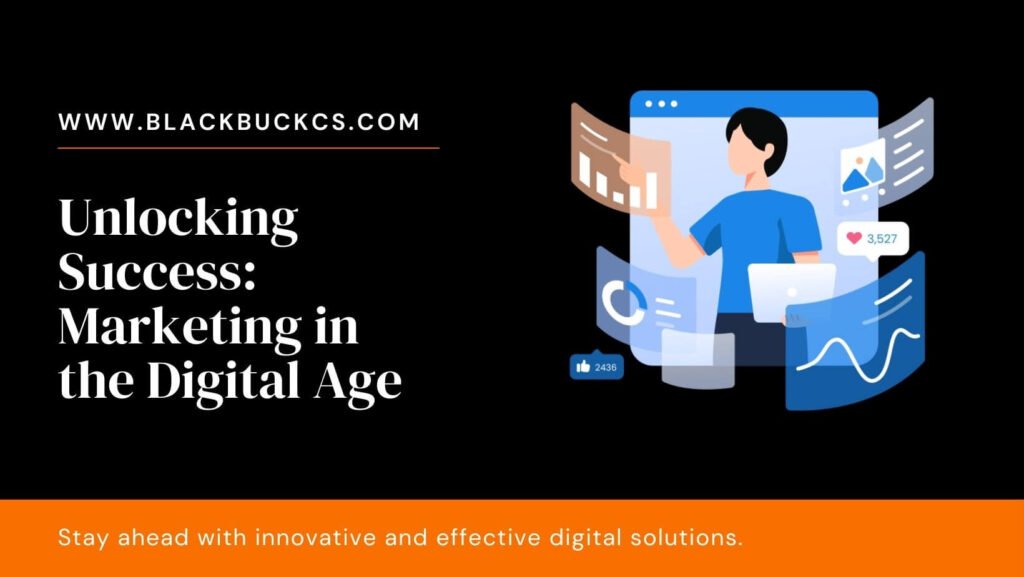
What is the first thing that comes to mind when considering the term ‘marketing’? Did you think of promotions and advertisements? Well, that is what most of us think of as well. Only experts in the domain will be able to differentiate between the various facets of marketing and their roles in running a successful business venture.
Marketing, at its core, connects a business with its intended audience. Regardless of what a company or a business does or creates, the value needs to be propagated to the end user of that particular product or service. That is what marketing is.
This article will explore everything related to the marketing domain to clarify the existing predispositions.
Defining ‘Marketing’
What exactly is marketing? It’s a term often tossed around, but the context is sometimes elusive. Generally, marketing comprises all business activities that sell its products or services. This typically tends to mean that it’s mostly about advertising and promotions. But if you look closer, it’s more than just that.

Marketing is a creative field, but there is solid science involved. You need to understand a customer’s needs and offer them fathomable value, all while communicating the value precisely to the audience that needs you—what we call the “target audience.” It isn’t a day or two of practice right after the product’s launch; it’s even before the product is on the market and continues even after it is sold.
The more you magnify and examine the marketing concept, the more you know that it is a continuous process of market engagement, cultivating rapid changes and staying ahead of those competing with your product.
If it’s all about selling, why is marketing necessary? Marketing is about creating a lasting impact and a meaningful connection with the audience that wants to know about you as a brand.
The Era of Marketing Before the Digital Age
This is the time when the foundations were laid in the marketing arena. We know how people reacted to the approach, how businesses made revenue, and how sales and marketing had a fine line.

Product Development and Awareness
Traditionally, marketing focused on creating demand and awareness of the new product. That’s how offline marketing leads a product’s journey.
- Market Research and Analysis: The product’s launch was based on the market research conducted. In this research, they learned the consumer’s needs, found the essential gaps in the market, and necessarily considered the users’ preferences. This would give enough data to develop the product’s features and position it well in the market.
- Product Launch and Strategizing: The product launch couldn’t just be anything; it had to be well planned. The marketers would focus on creating excitement and eagerness with product teasers and pre-launch campaigns, just like in any movie. You might have seen the hype surrounding Apple products at every pre-launch.
- Public Relations: PR was the most vital thing in brand awareness practice for a product, and it is still a major practice in most organizations. Public relations, including media coverage, press releases, and influencer endorsements, can push the product out and spread the word.
- Advertising Campaigns: The comprehensively designed advertising campaign reached a wider audience. The radio, TV, outdoor advertisements, and mix of print were carefully thought through to attract a vast audience.
- Promotion and Communication: The initial demand was created by giving early adapters offers, promotions for a limited time, and discounts to generate enthusiasm for the product and explore its benefits.
Sales and Distribution
Via various channels, the products were made accessible to a wide range of audiences through distribution and, in turn, sales. This included:
- Channel Strategy: This is about making the product available to users where and when they want it. The distribution networks and the right retail partners must be sorted out for this to work correctly.
- Partnership with Retail: This is crucial in making solid relationships with retailers. You negotiate shelf space with the retailers to promote your product, create promotional displays with the product standalone to highlight the product and run in-store promotions on digital screens, posters, and banners, helping the product be at the forefront.
- Training the Sales Team: The marketing team’s primary function is also to support the sales team in training them. They are more equipped with knowledge of products and sales techniques to pitch them to consumers and retailers effectively.
- Logistics and Coordination: The crux of every product is to be delivered on time and be available in major regions where there is demand, for which efficient supply chain management and logistics are essential.
Advertising and Promotion
They relied heavily on popular advertising and promotion methods to reach and engage the users. Here’s what they are:
- Print Advertising: The most common tools for reaching the audience were newspapers, flyers, magazines, and brochures. Print ads had eye-catching designs, visuals, and appealing messages.
- TV Commercials: Television is the dominant medium for advertising. The commercials were designed to make slogans relatable, and some memory jingles and celebrity endorsements were included to help associate the product with the audience’s mind.
- Radio Ads: The other avenue that vastly reaches the audience during the commute is radio advertising, designed to be concise, have catchy tunes, and be impactful.
- Trade Shows and Exhibitions: This opened the opportunity for face-to-face interaction with industry stakeholders and customers. The events help demonstrate the products and features and build a buyer network.
- Outdoor Advertising: On-the-go advertising was possible with billboards, transit ads, and posters. They were placed in such a way that they are visible in high-traffic areas, which gives the maximum exposure for people to view.
- Direct Mail: The mail was directed to specific consumer segments with personalized offers and messages. The typical means of this were postcards, catalogs, and promotional letters.
Also read: Proven Strategies to Drive Organic Traffic to Your Website
Marketing in the Digital Age
The move from physical to digital media took a while, but the gradual transition made it look seamless, embedding consumers’ thoughts about products in no time. Now that content creation has begun, digital content has become the king.

From Print to Digital Media
Print media, such as newspapers, are the most widely used means. Still, digital media is just eroding, with more and more social media content on platforms where businesses can easily make a mark in the consumer’s mind without making much effort in the offline mediums.
The number of websites on search engines grows exponentially each day with the evolution of the internet, which acts as the face of brands. Blogs have taken over much of the place in search engines, where consumers seeking information can land on the insights businesses have to share, thus indirectly leaving a presence for the brand. In contrast, the consumers read and carry the potential to convert them into leads for a gradual purchase.
The best part is that these modes are highly intuitive and interactive with every interaction. It has become the immediate way to converse with consumers about their offerings. Cost-effectively, they can personalize their content even better while learning about the user’s interests throughout their journey.
The outcome has become more predictable with the systematic reach.
Personalization and Customer Engagement
Communicating directly via a contact number was and still is a sales approach that a marketer needs to rely on. Reaching out with an email with precise information to make meaningful interactions has now become easy. YouTube, for instance, can learn from the user’s search history to give personalized suggestions that closely relate to what you like to watch in your feed. This one-to-one interaction can speak volumes about how users perceive you and are likely to give them a great user experience when discovering a brand.
The Role of Data and Analytics
In the past, to conduct market research, it was necessary to include surveys, experiment with focus groups, and get direct feedback. They are still reliable, but the advancement to this is the introduction of data analytics, which tremendously gives insights into user behavior in a matter of clicks. It is possible to track the live data, make sense of it with trends, and act quickly based on the insights for a better outcome. With this intelligence, marketing is seen more as data-driven and strategically making decisions.
Omnichannel Marketing
You can combine multiple channels to give users a consistent experience across offline and online platforms. So, regardless of the channel choice, they can associate with a brand through various touch points, whether it is social media, a website, emails, or a physical store. The personalization and experience will keep the customers engaged and provide a sense of satisfaction. That way, your presence can build trust, recognition, and a unified brand image throughout the transition to any channel.
Marketing in the Present and Future
Moving forward to where we are now and what the future might look like, it is noteworthy to know that the digital age is building upon the foundation and hasn’t replaced the old ways of marketing at all. Adopting this can bring versatile strategies to the table.

Short-Form Video Content
What’s on the center stage? Reels are short-form video content in which people spend hours together. TikTok, the most widely known social media platform, took the world by storm by encouraging businesses and individuals to create more such content. It’s now also existential on YouTube, Instagram, and Facebook.
Users’ attention spans are limited, and short-form videos capture this perfectly. With the trend and improvements in such content, brands have also gotten into making quick content with impactful messages that consumers want. In a few seconds, videos can reach a wide audience and be the best place to improve the brand’s visibility and increase engagement.
Artificial Intelligence in Marketing
AI has left a revolutionary impact on any industry, and with the development of AI like ChatGPT, generating content has just gotten more straightforward with a prompt. AI has become a part of various marketing activities, whether handling multiple social media accounts or optimizing digital campaigns. This way, it saves a lot of time while enhancing the precise personalization of market efforts. It predicts trends, understands user behavior, and customizes action plans to meet an individual’s preferences.
Influencer Marketing
The strategy is so powerful in the digital era. Content creators who have already segmented themselves into a specific niche and have a personal branding image have followers who love their content and are influential in the industry.
Brands have now begun to approach influencers in their branding strategy to make a direct impact by promoting the brand’s product in the influencer’s channels. This makes it easier to reach new audiences and can help build credibility among the audience. Regardless of whether the influencer is a celebrity or a micro-influencer with a small group of audiences, it can still help a brand connect with its customers in a relatable way. That’s mostly like utilizing the trust the influencers have built with their followers to make an influential endorsement.
Sustainability and Social Responsibility
Consumers in this era relate to social and environmental issues deeply. So, they like to connect with a brand that prioritizes social responsibility and sustainability. This has now become the focus of the marketing efforts of a vast set of companies that are building a positive image. The usual example is when you shop at a few brands, and they explicitly ask that they feed people in need; would you like to contribute? Or, by purchasing certain items, the purchased amount would go to people in need. They even mention that your 1 rupee contribution would go to planting a tree.
That’s about highlighting that they are into ethical operations, adopting eco practices, or supporting social causes. The brand’s reputation, in turn, gets enhanced while aligning with the consumer’s thoughts.
Augmented Reality (AR) Experiences
This is a new approach to the market, although the invention of AR was quite some time ago. It’s such a fantastic experience to interact with the product in a virtual environment, which technology such as AR enables. The immersive experience gets so exciting and memorable that the audience will want to engage more. Have you seen Lenskart help you visualize a glass on you without wearing it physically? It’s an instance of an AR try-on meant to enhance the online shopping experience, which is convenient and fun. Implementing such a technology allows them to stand out from the crowd in the competition.
Voice Search Optimization
You know there’s a voice assistant on every phone, like Google and Siri, and a dedicated voice assistant device, such as Alexa, which are in modern homes and utilized for various purposes. It makes their lives easier when used correctly. The demand for these has increased, and there’s also an opportunity for a brand to be recognized, for which optimizing content for voice searches has become quintessential. As you know, they are voice conversational AI. This type of search is too direct to guess as a question, and it becomes evident for a brand to reframe its content exclusively for voice searches by addressing common questions in its niche with concise answers. This is about staying relevant in the trendy market and being accessible to the audience in the growing segment of voice search queries.
The Wrap
With the evolution of every new thing around us, especially technology, you have also seen the growth of specific domains, as most of them are interdependent. AI recently, in talks, took the word in every mouth for its ability, which leads to enhanced technologies like voice assistants, website builders, and content generation—all driven by AI in the marketing segment.
If we look back at old conventional marketing methods, we see that new technologies have built upon them and come very far. Few people still read newspapers, and a few prefer to read them online.
This hints that the news media can include papers, blogs, TV, YouTube, and online. This gives businesses plenty of options to market themselves as brands and reach the right audience in their domain.
Also, Earlier, at least, there was privacy in the kind of strategies individual businesses implemented unless the competitor handed over a brochure to you like they were distributing to anyone else without knowing. Fast-forward to today and some tools will tell you what your competitors are up to.
You understand the present gravity; the rest is history…
Also read:
